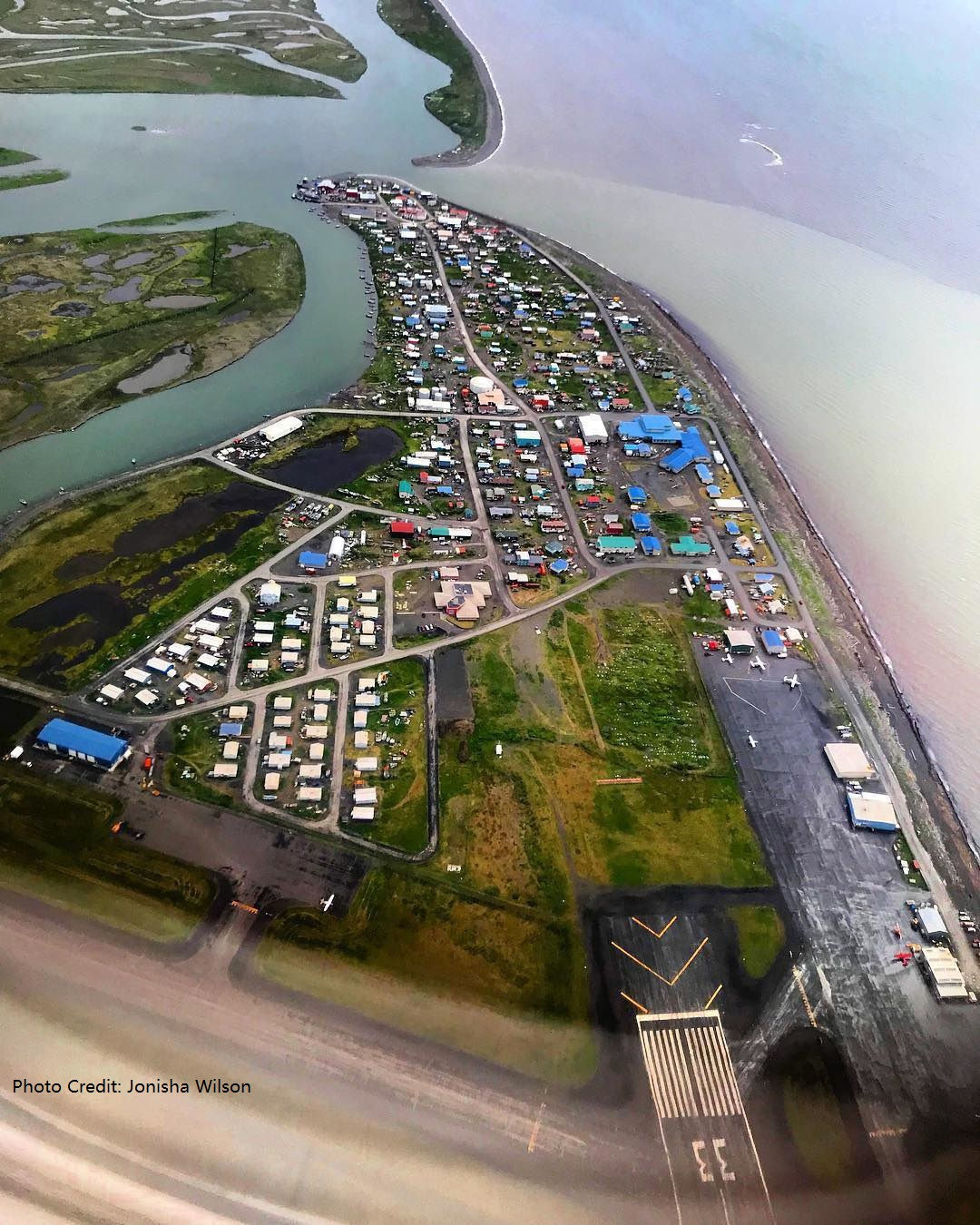
Environment
IGAP
This Environmental Protection Agency - Tribal Environmental Plan (ETEP) was prepared for the Native Village of Unalakleet Tribal Council and the EPA in response to the 2013 General Assistance Program (GAP) Guidance. The ETEP is intended to be a living document for both the NVU and the EPA for use in planning and guiding work. The ETEP is designed to:
-NVU and the EPA for use in planning and guiding work. The ETEP is designed to:
-Link GAP funded work to long term goals for capacity building
-Document the implementation of federal environmental statutory programs.
This document defines the environmental priorities in which NVU came up with, which are visible
below in Figure 1:

Figure 1. List of NVU's Tribal Programs and Priorities
The ETEP serves as a tribe's long-term planning document and will assist NVU and EPA to work as partners and use this document to plan and guide the work they do together. It is NVU's intention to review the ETEP annually, with EPA, and update it at least every five years.
Recycling
What we can recycle
-
Aluminum cans (3 full store bags or 13-gallon bag full per ticket)
-
#1 Pete plastic bottles (3 full store bags or 13-gallon full per ticket)
-
Household batteries (12 batteries per ticket)
-
Fluorescent lights (4 light bulbs per ticket)
-
E-Waste (Store bag of wires per ticket, 1 item per ticket from the list below)
E-Waste are anything electronic
-
Cellphones, portable house phones
-
Chargers – power cords and adapters
-
Copy machines/fax/printer/scanner
-
Computer towers, laptops and tablets
-
Cellphones, portable house phones
-
Chargers – power cords and adapters
-
Copy machines/fax/printer/scanner
-
Computer towers, laptops and tablets
Please bring your recyclables to the NVU office at the Environmental department or call Jacob Ivanoff at 907-615-4611.
NALEMP
History Timeline
01/01/1957
AST was built by the USAF for storage of bulk diesel fuel for the Unalakleet Air Force Station.
01/01/1970
AST was decommissioned around 1970.
07/01/2013
AST was demolished and removed, along with associated piping under NVUs FY12 CA
01/01/2014
Sampling in 2014 revealed that approximately 340 cubic yards of soil where AST used to be was contaminated
07/1/2016
In the summer of 2016, the contaminated soil was excavated and hauled to a landfarm site 14 miles east of the AST site for remediation.
08/01/2016
Work plan addendum was prepared by NVUs contractor under CA for remeiation of the contaminated soil by landfarming.
08/25/2016
ADEC approved work plan.
Scope of Work
A monitoring well will be installed and sampled where the AST site was to determine if groundwater is impacted.
The contaminated soil will be remediated by landfarming, which consists of spreading the soil on a prepared surface, tilling regularly, application of fertilizer and water, and confirmation soil sampling.
This task is for one season of remediation. However, because remediation is estimated to take two seasons, an additional year of remediation will be provided in an option item.
At the end of the first season of remediation NVU will prepare a summary of the work performed, provide any test results, and provide a recommendation on further work required, in a technical memorandum.
Here is the location of the land farm and the layout of the land farm.
Click each one to see full picture.



